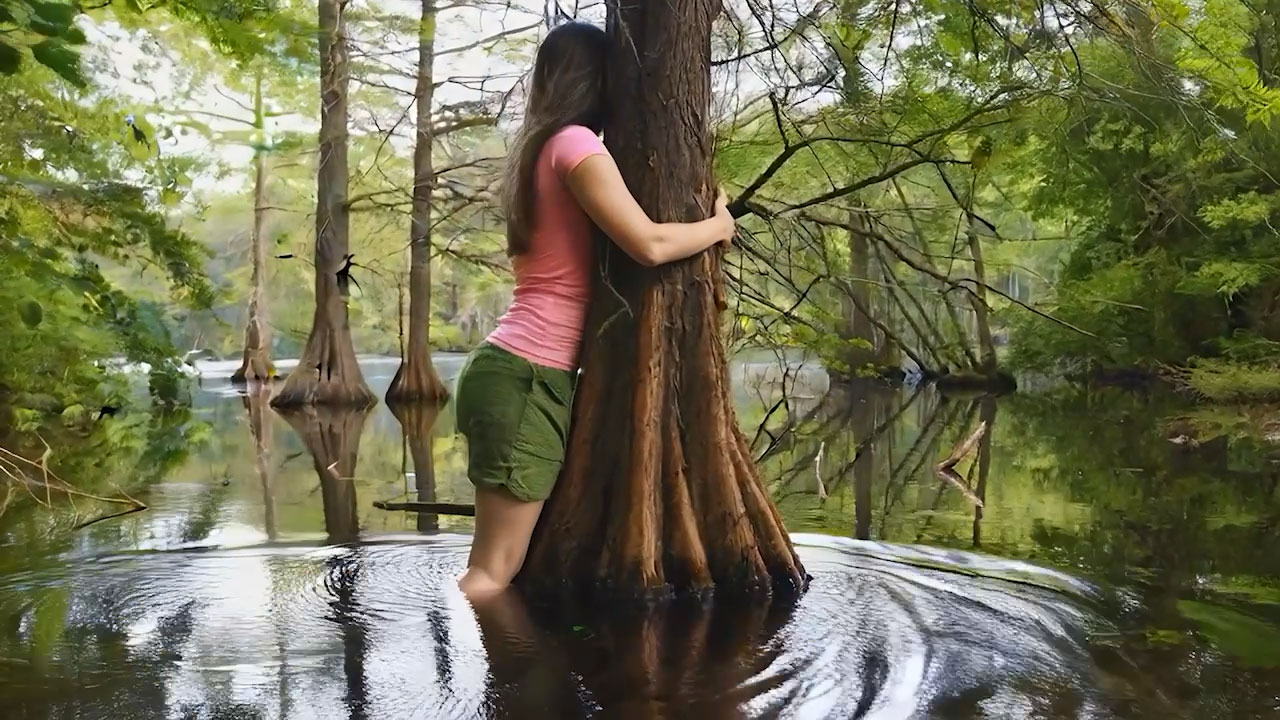
Park Talk
Connecting to Nature in New Ways
Full‑stack creator & developer crafting immersive, narrative‑driven experiences that blend data insights, human stories, and AI across 3D, VR, and emerging technologies.

Connecting to Nature in New Ways
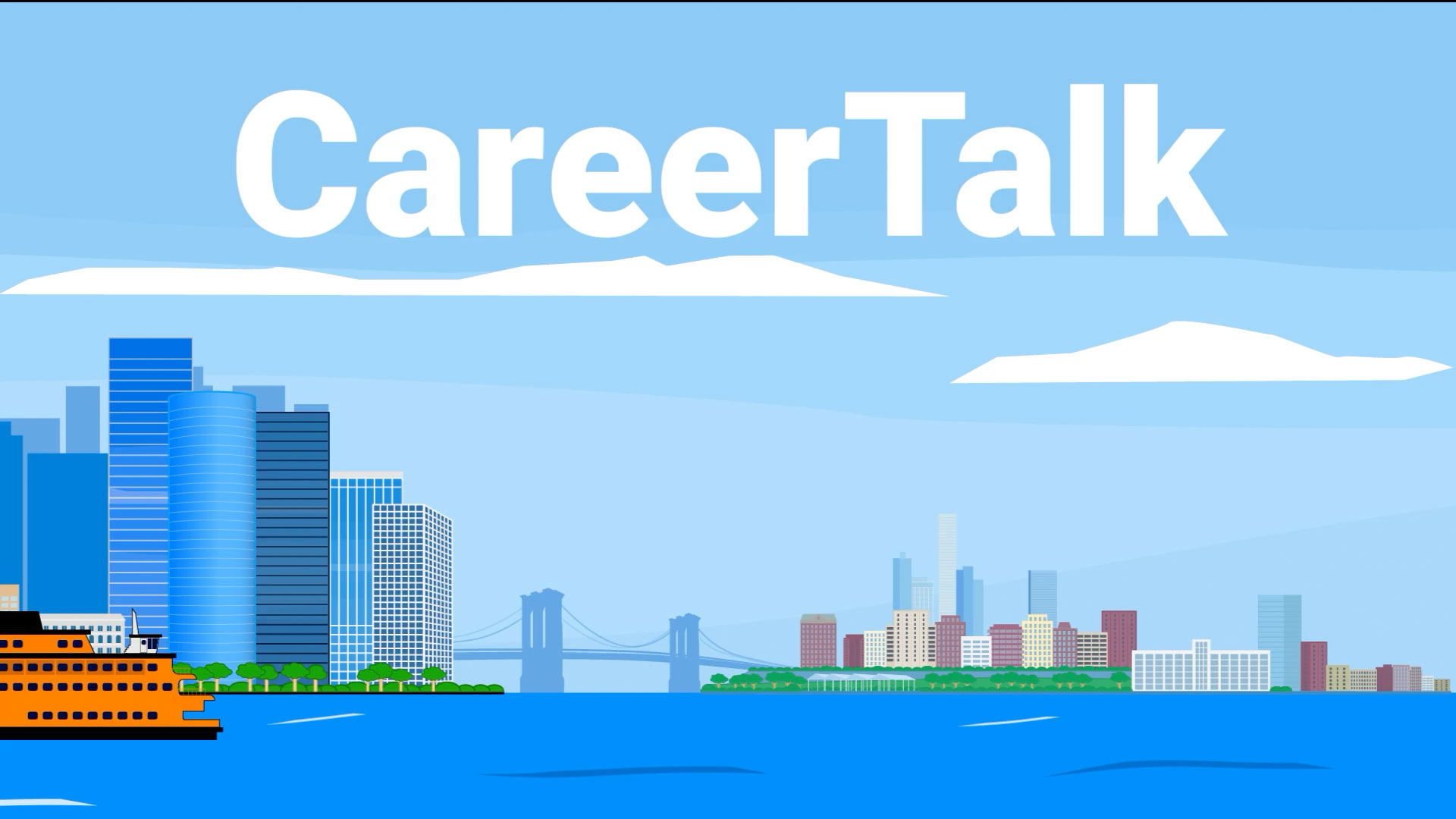
Career Pathfinding with AI Guidance

Social Simulations for Connection

Precision Prompt Creation Tool

Rediscover What You Know
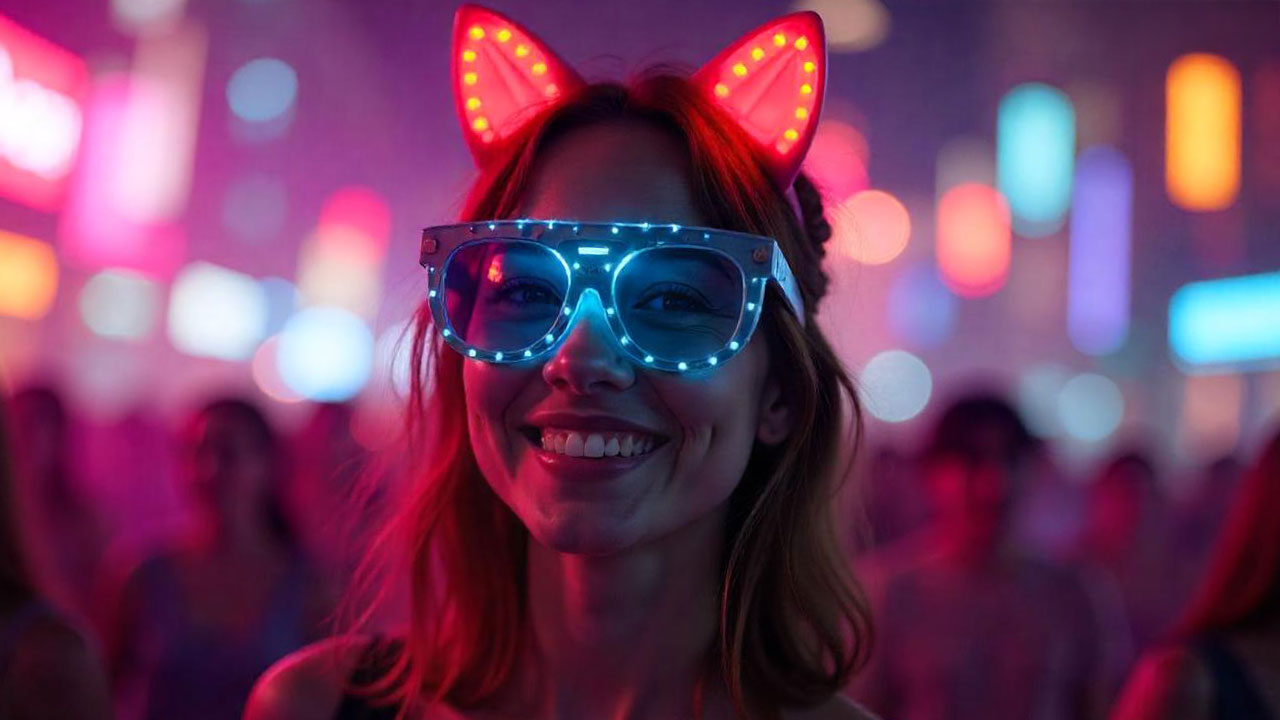
AR Experiences
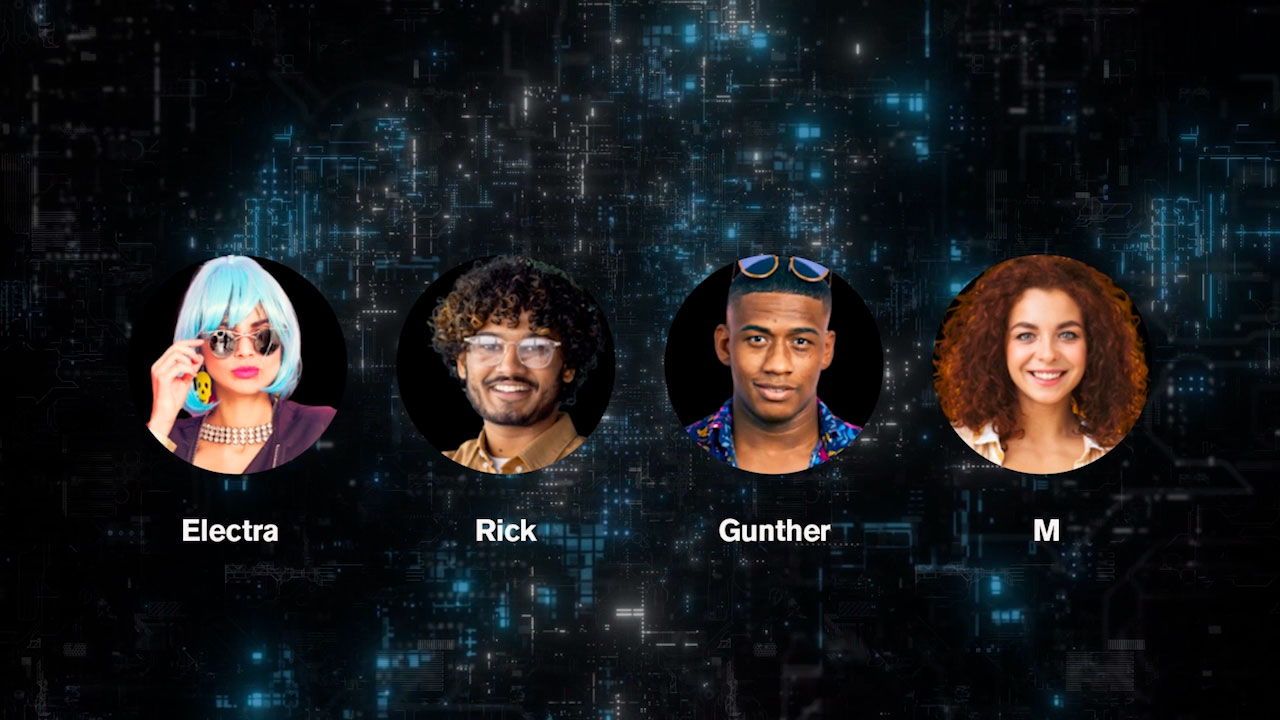
Greater Insights Through Conversations
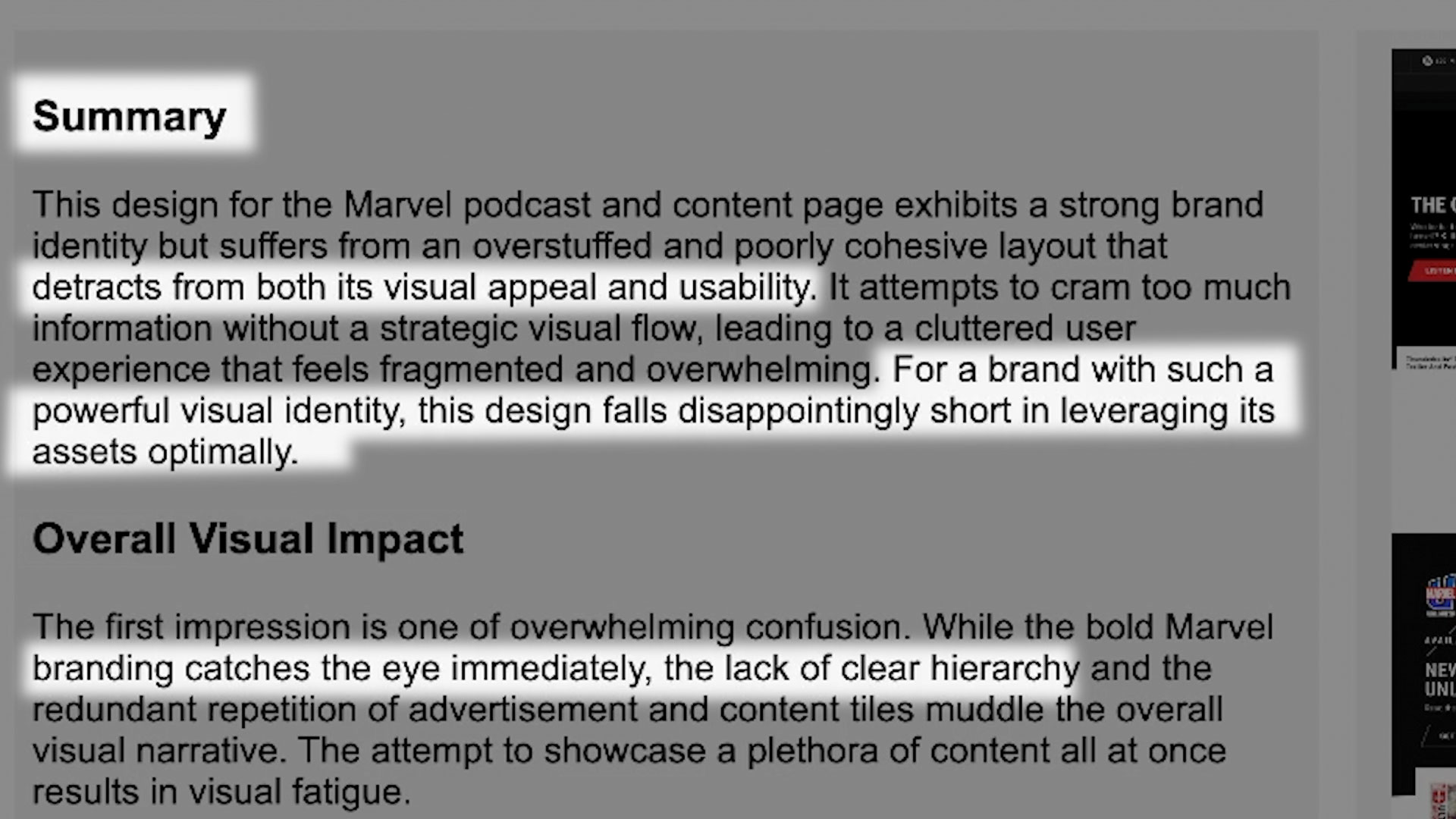
Visual Design Insights Platform
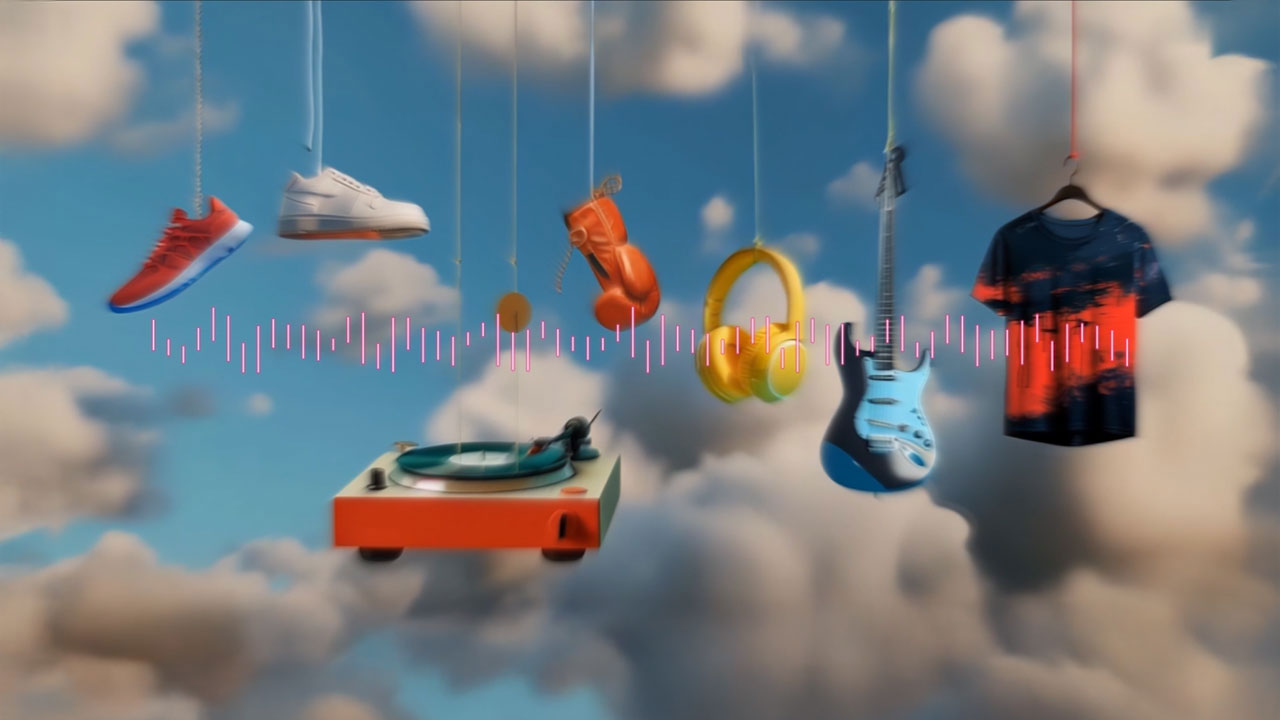
Goal‑Oriented Shopping
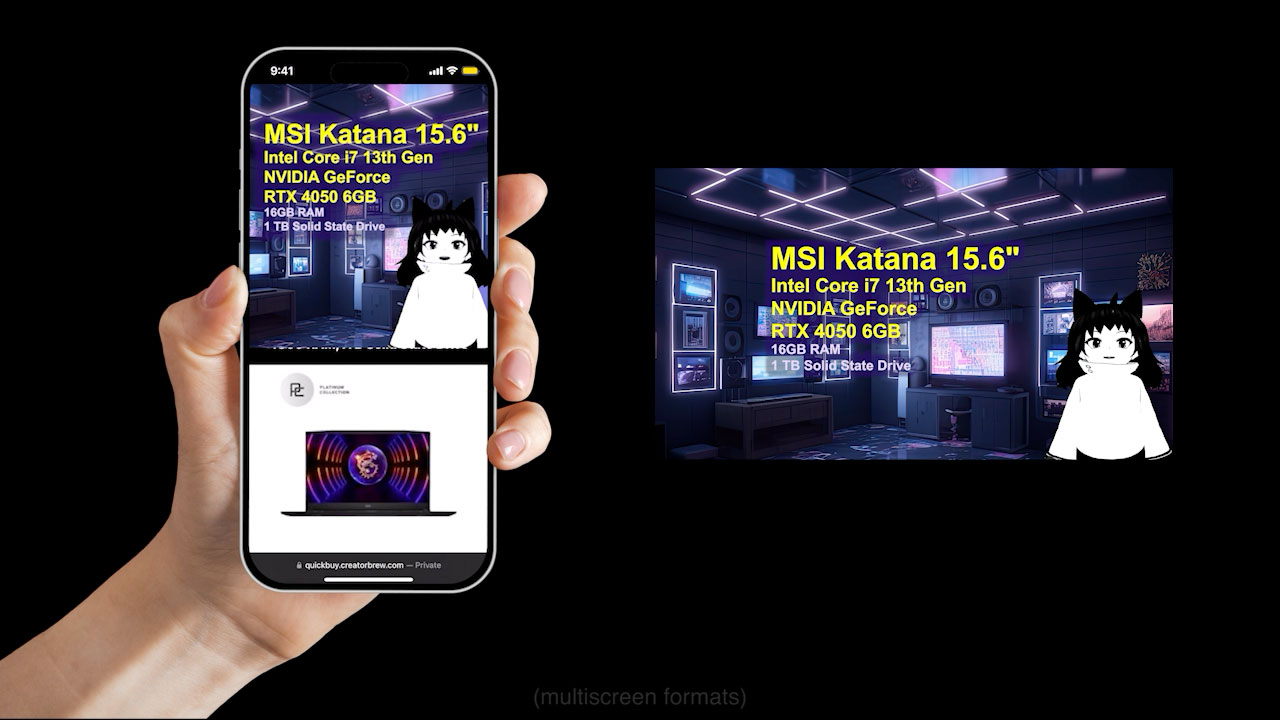
Consumer Content Stream
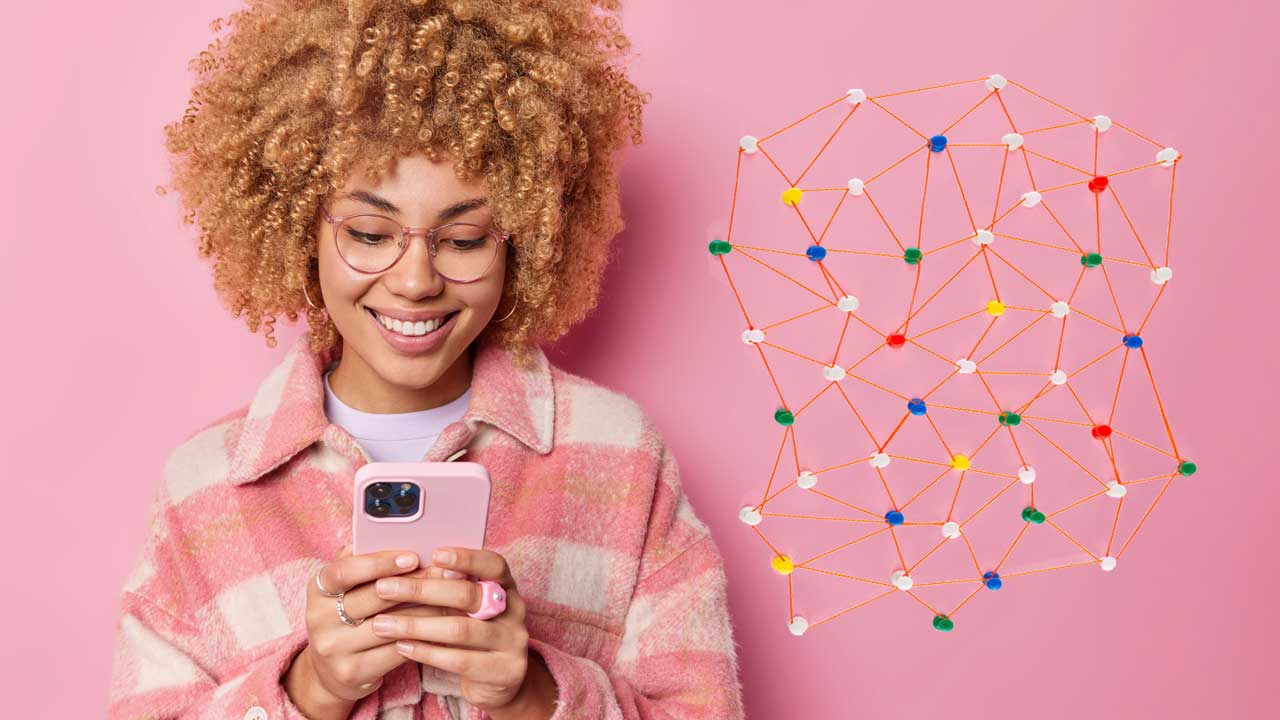
Data Tool
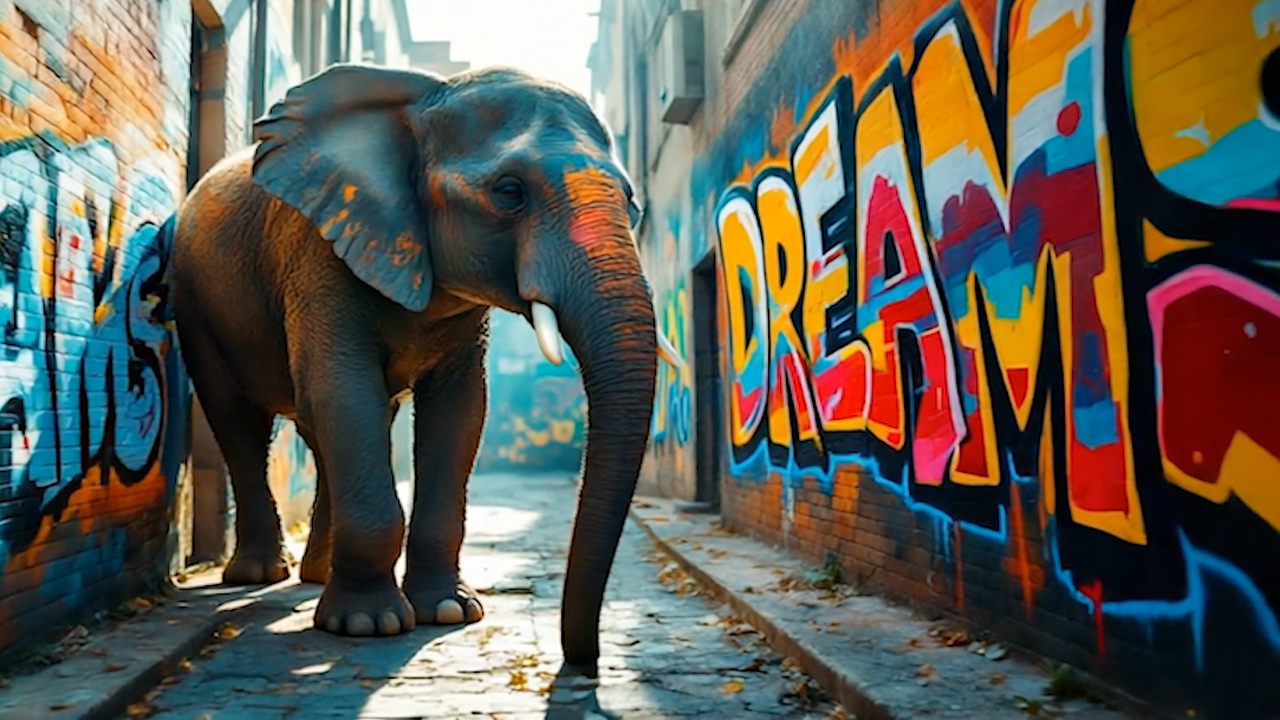
Art Tool & Automations
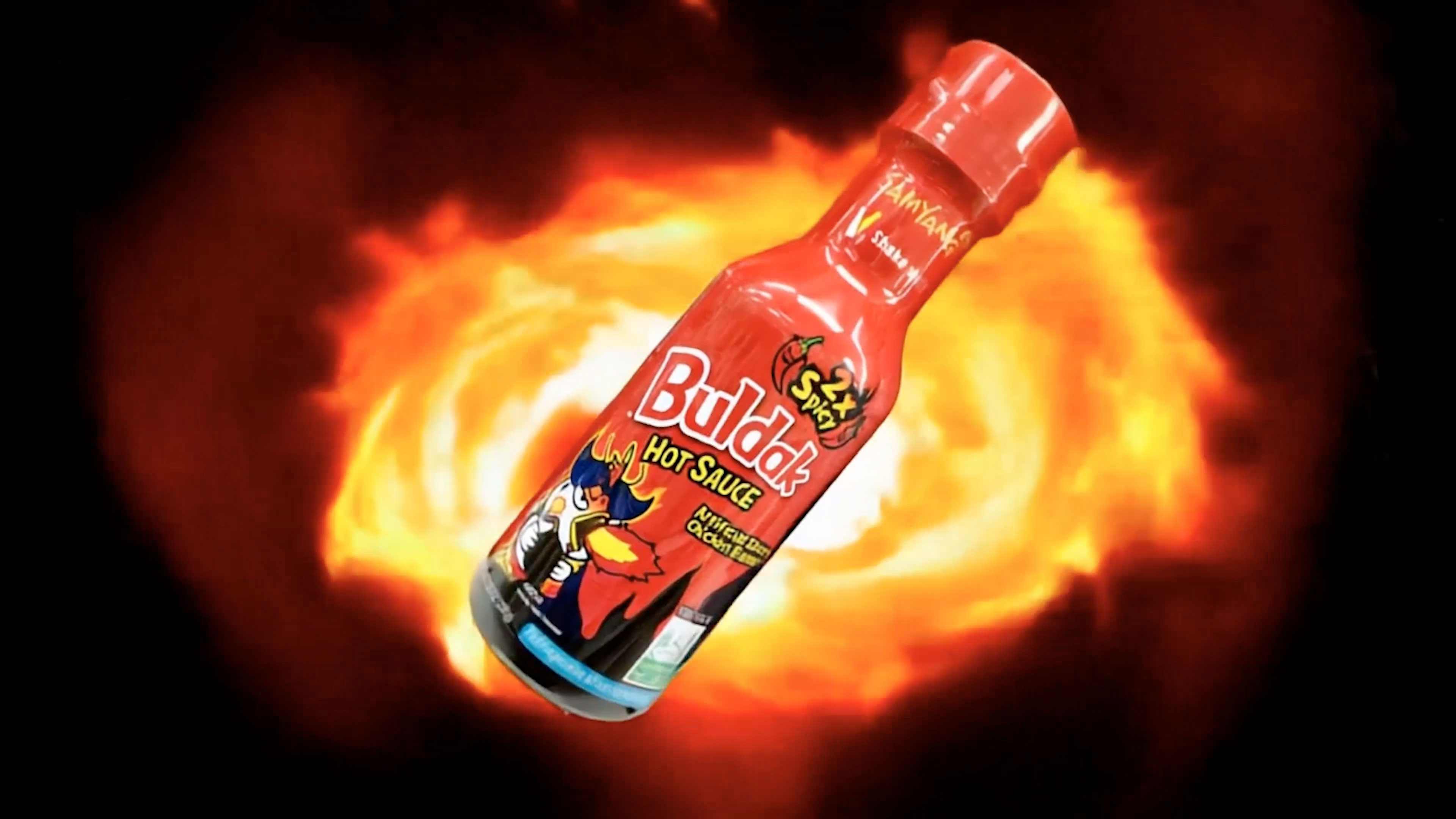
Quick AI Animatics
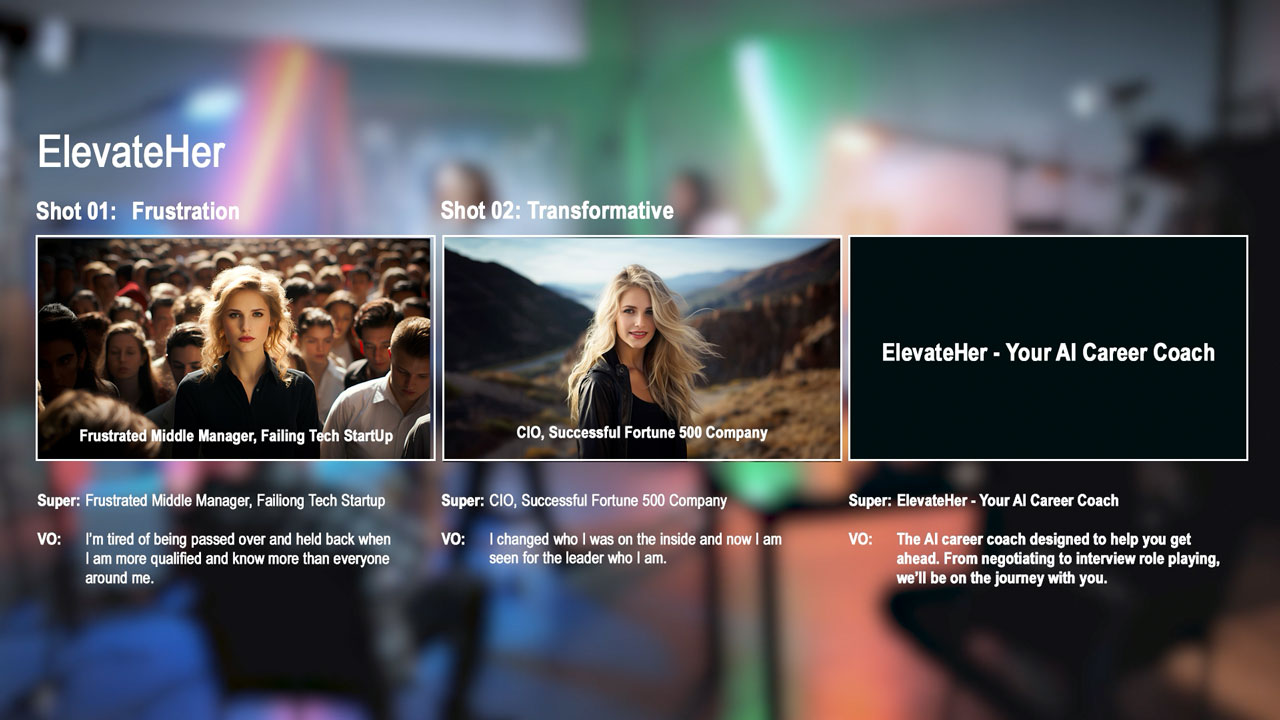
Changing Limitations of Stock Footage
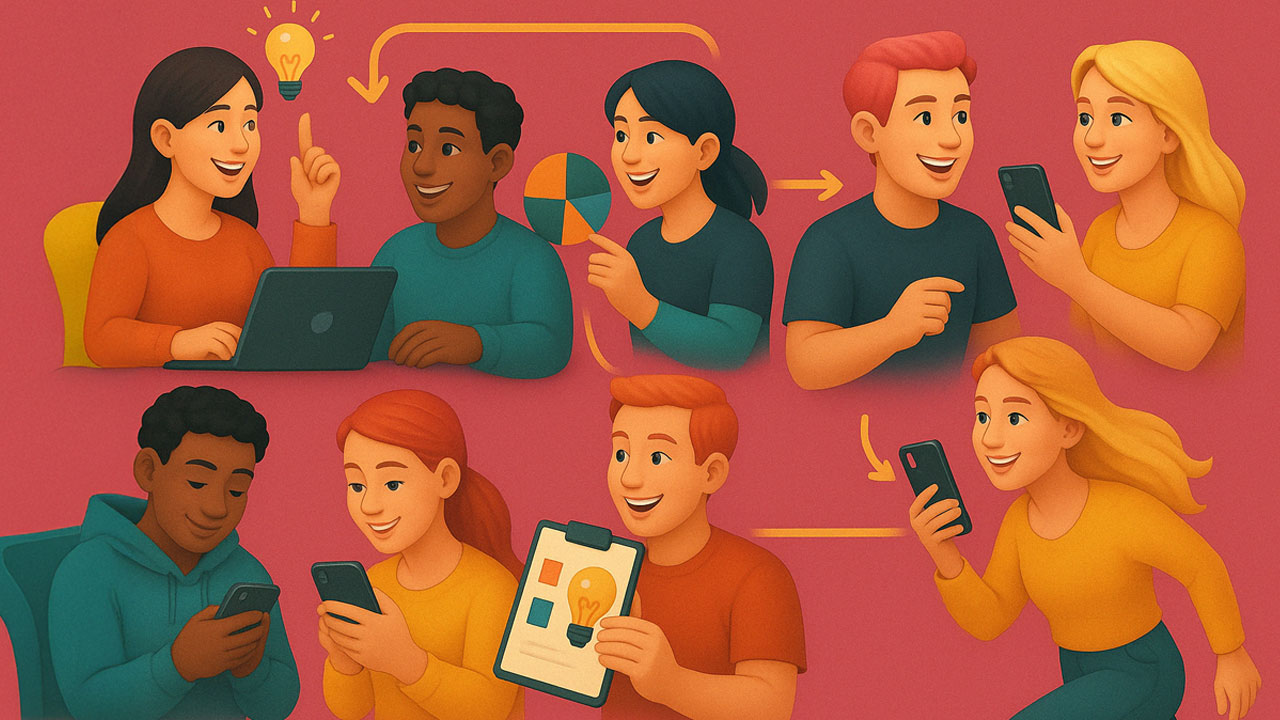
Creation Process
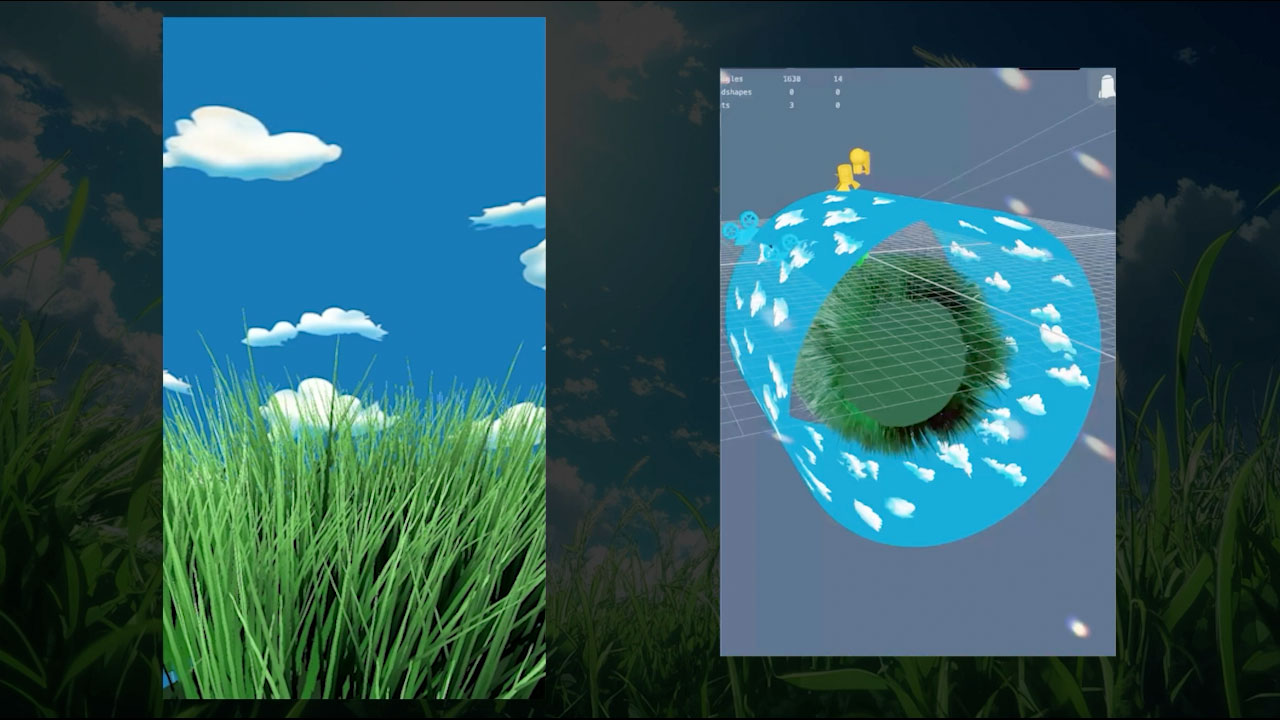
Creative Approaches to Coding Games
Try our latest interactive experience
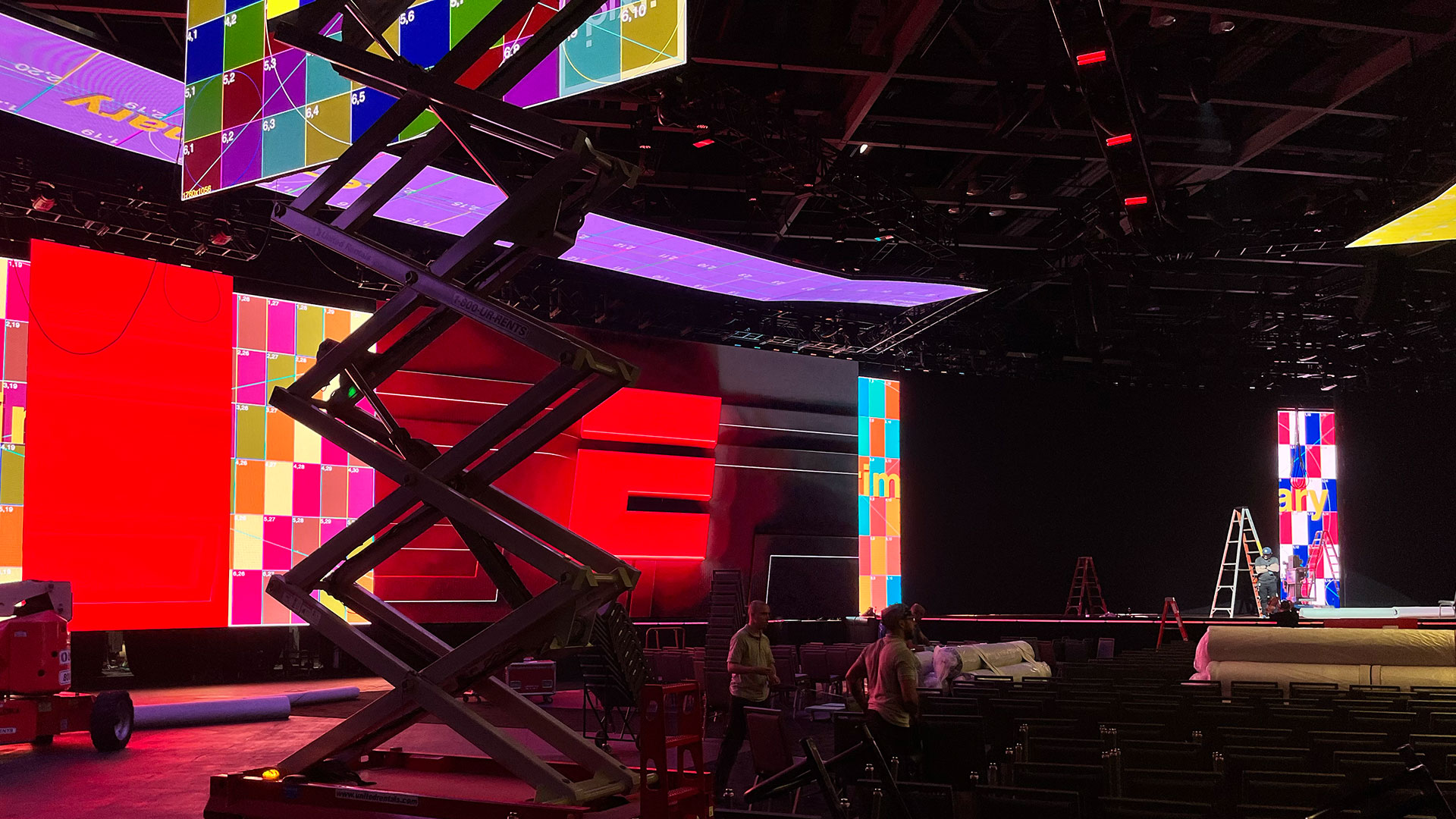
Live Events & VR
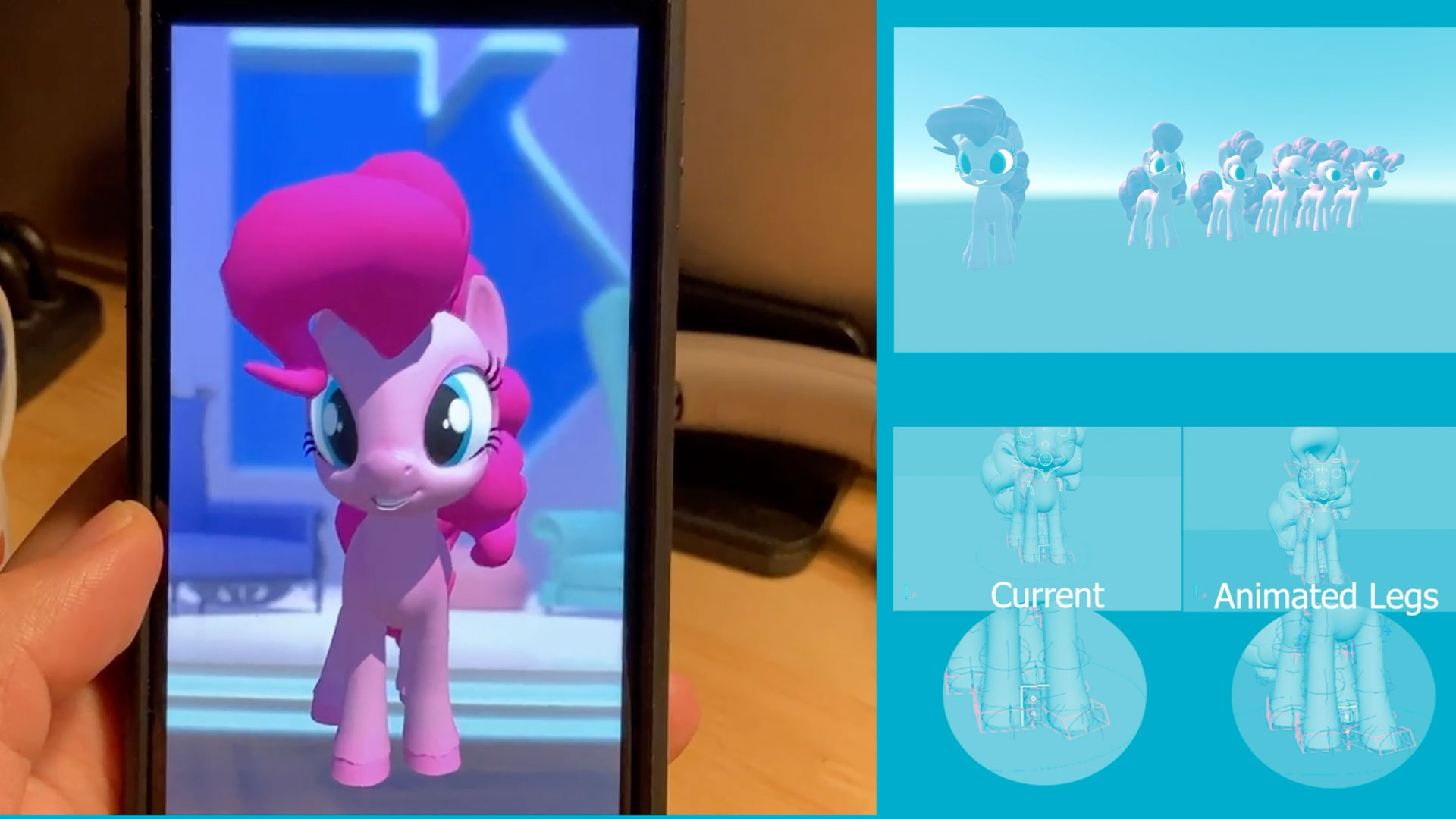
IP Animation Innovation
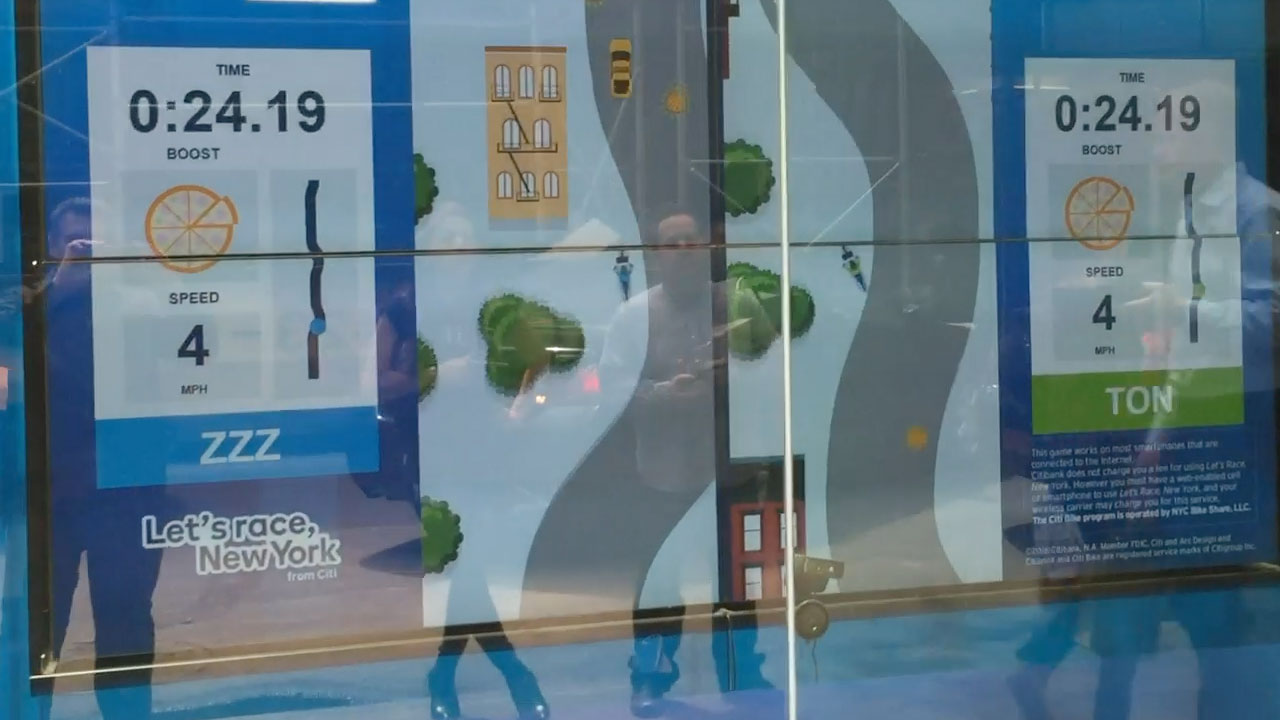
Interactive Pop‑Up
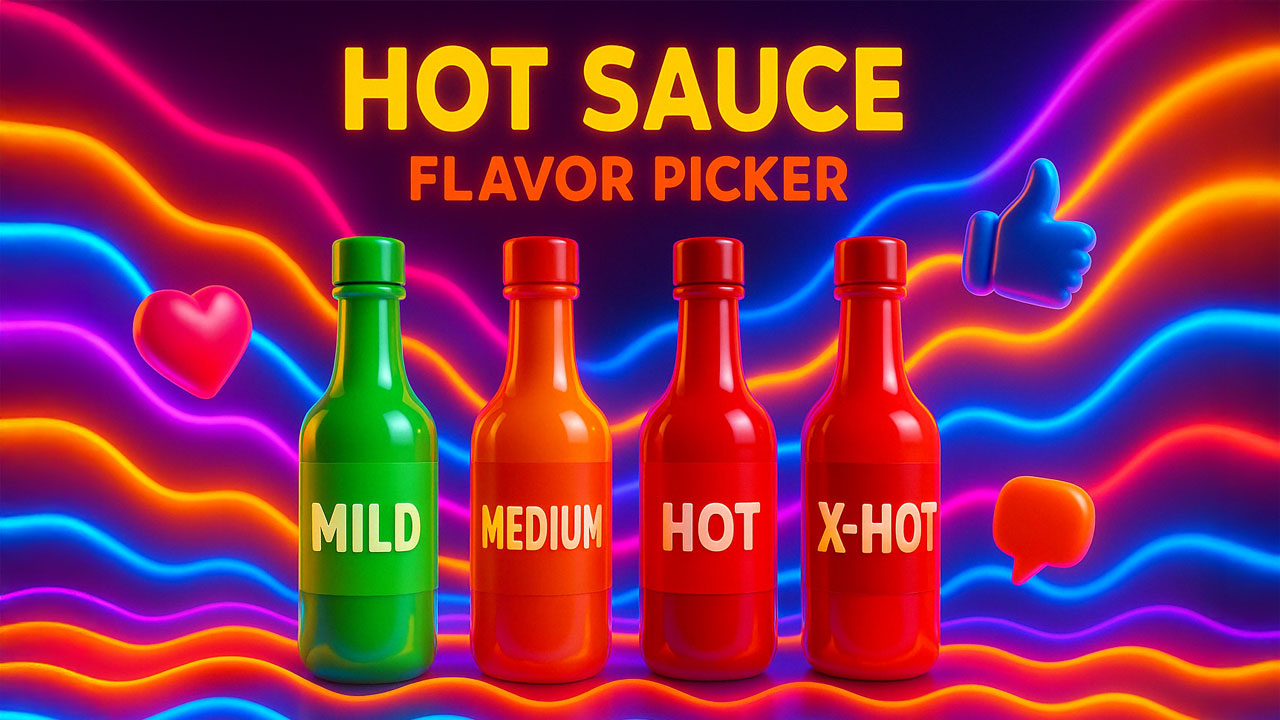
Spice Level Challenge

Game Engines Animatics
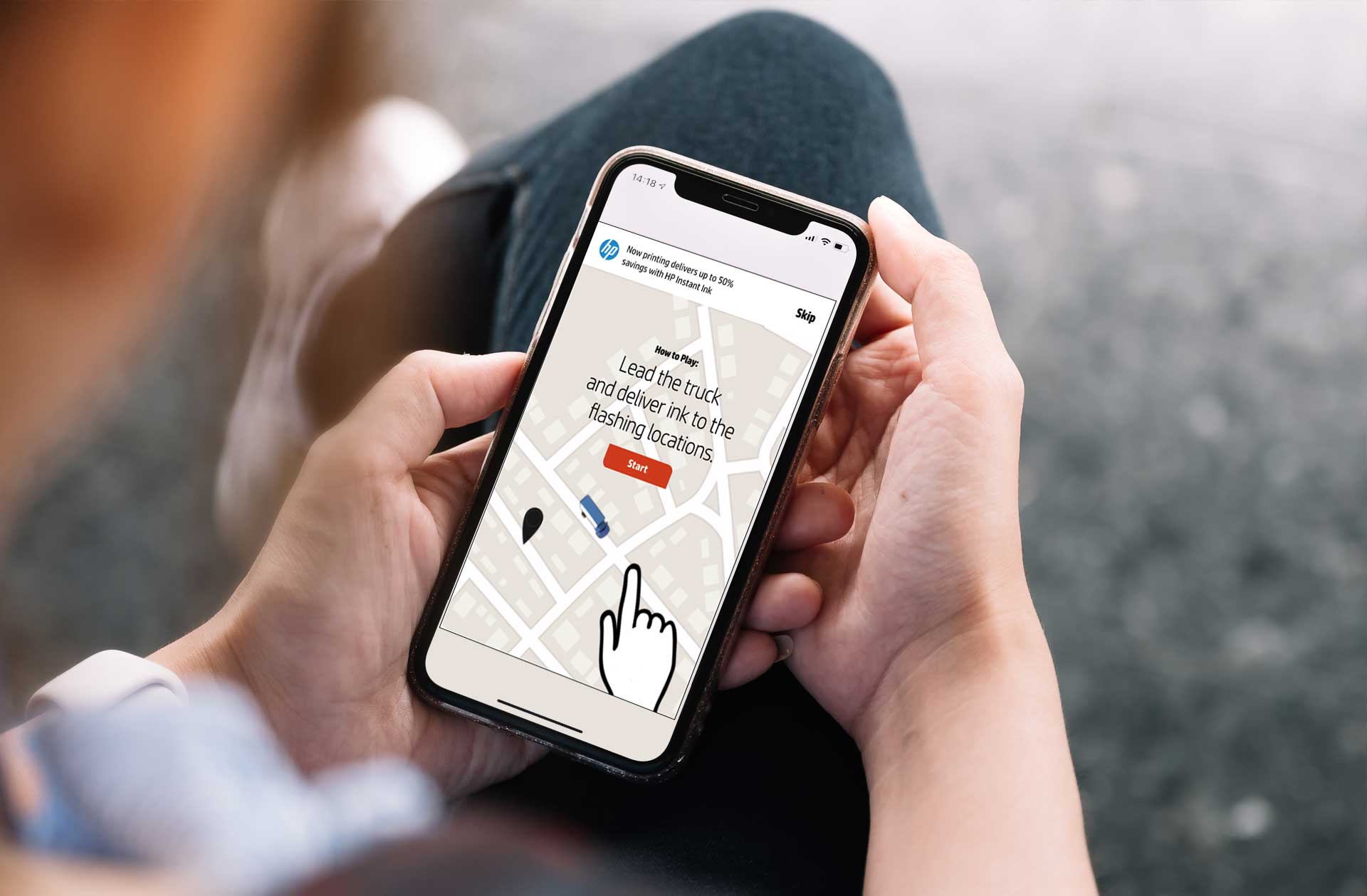
Ad Game Engine
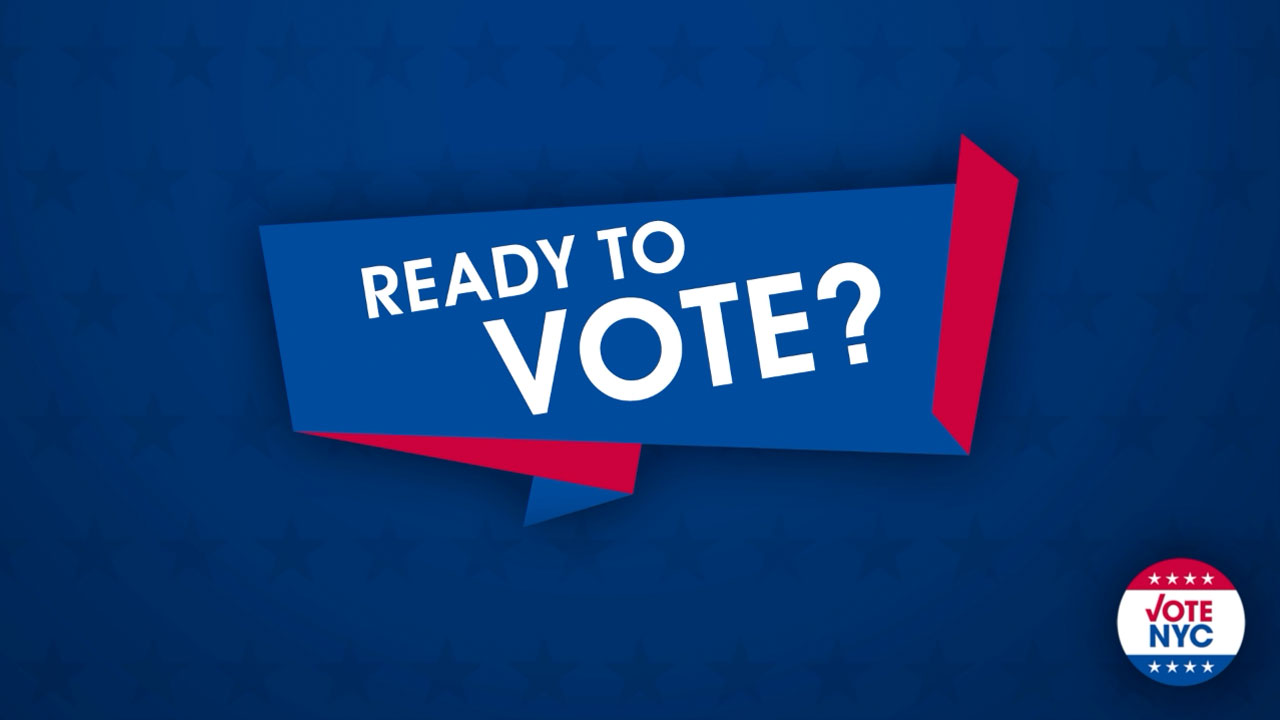
PSA
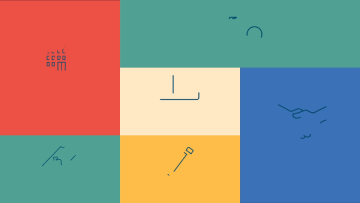
Animatics & Controls

Event Landing Page
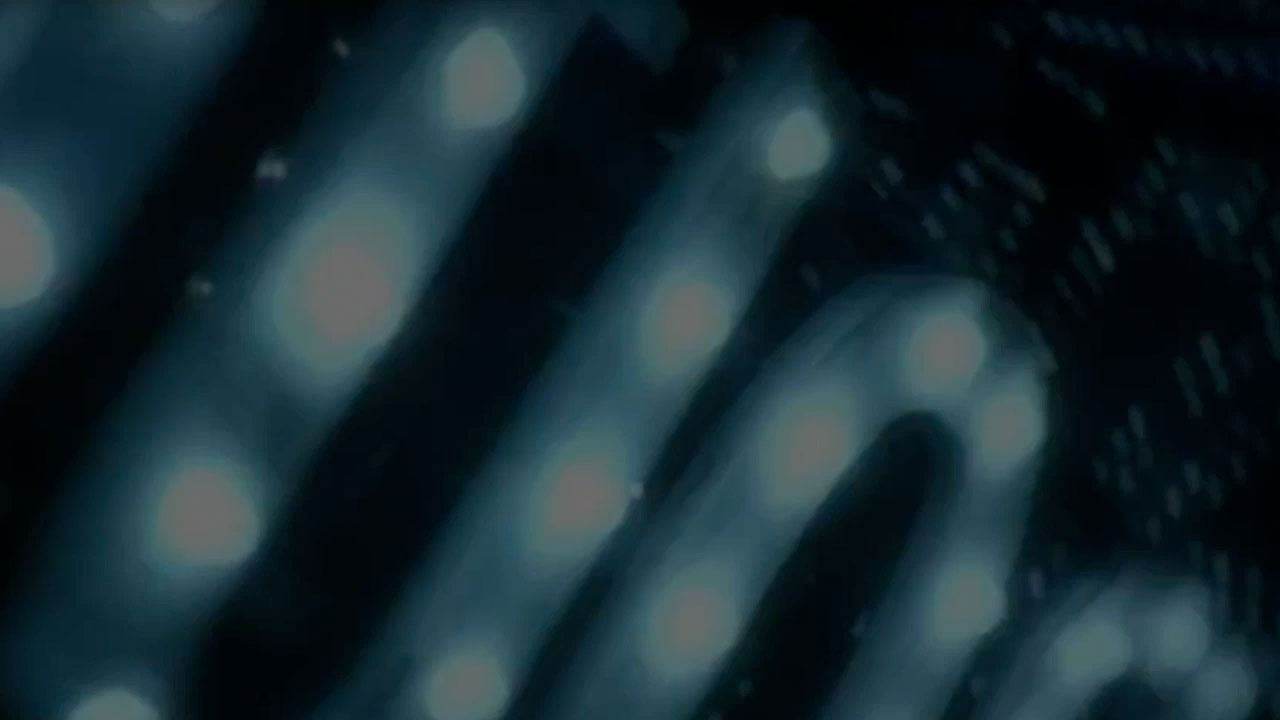
3D Animatics Pipeline
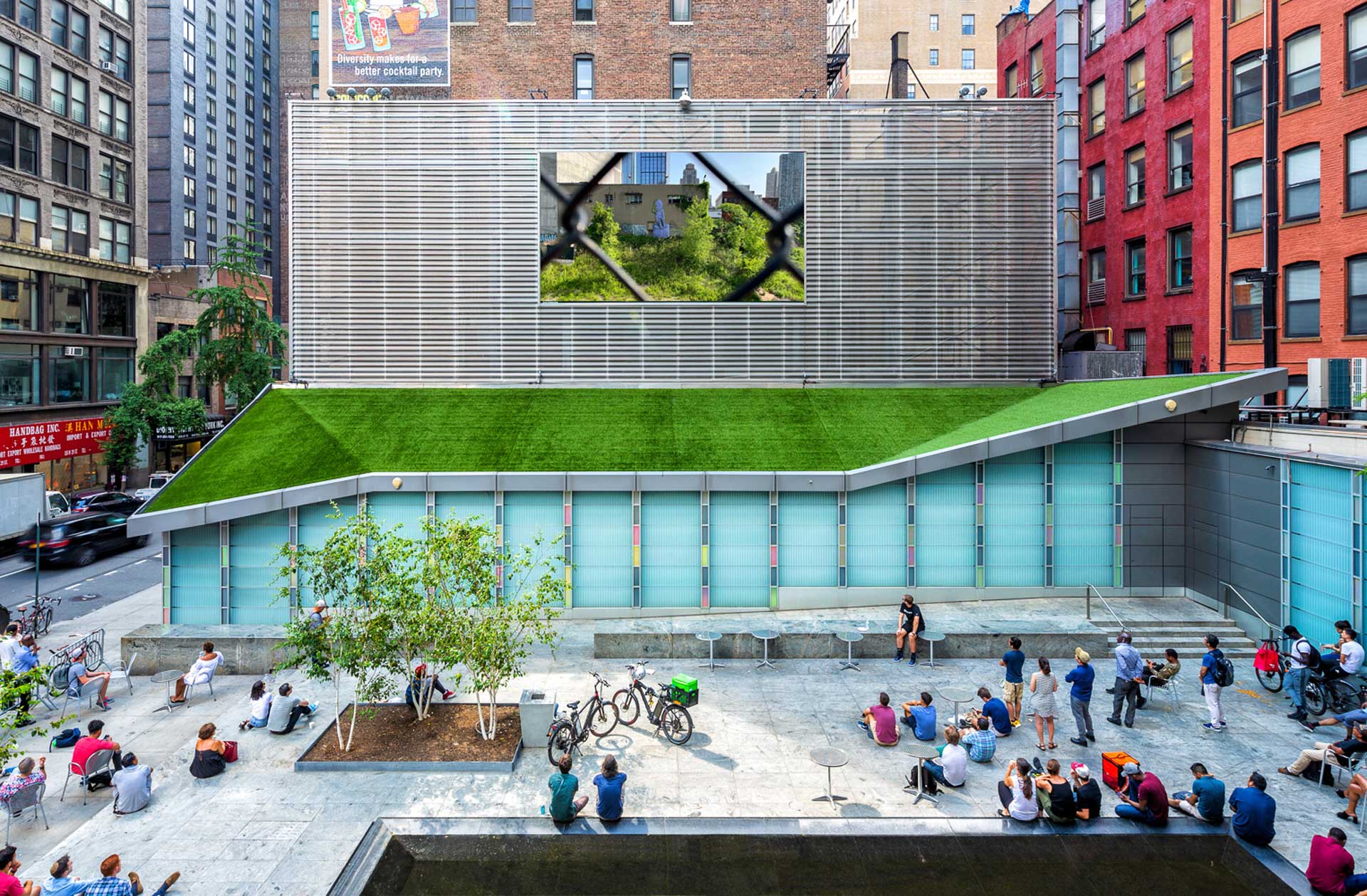
Community Screen